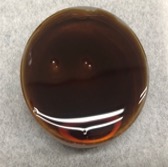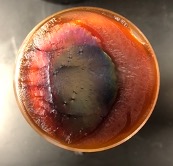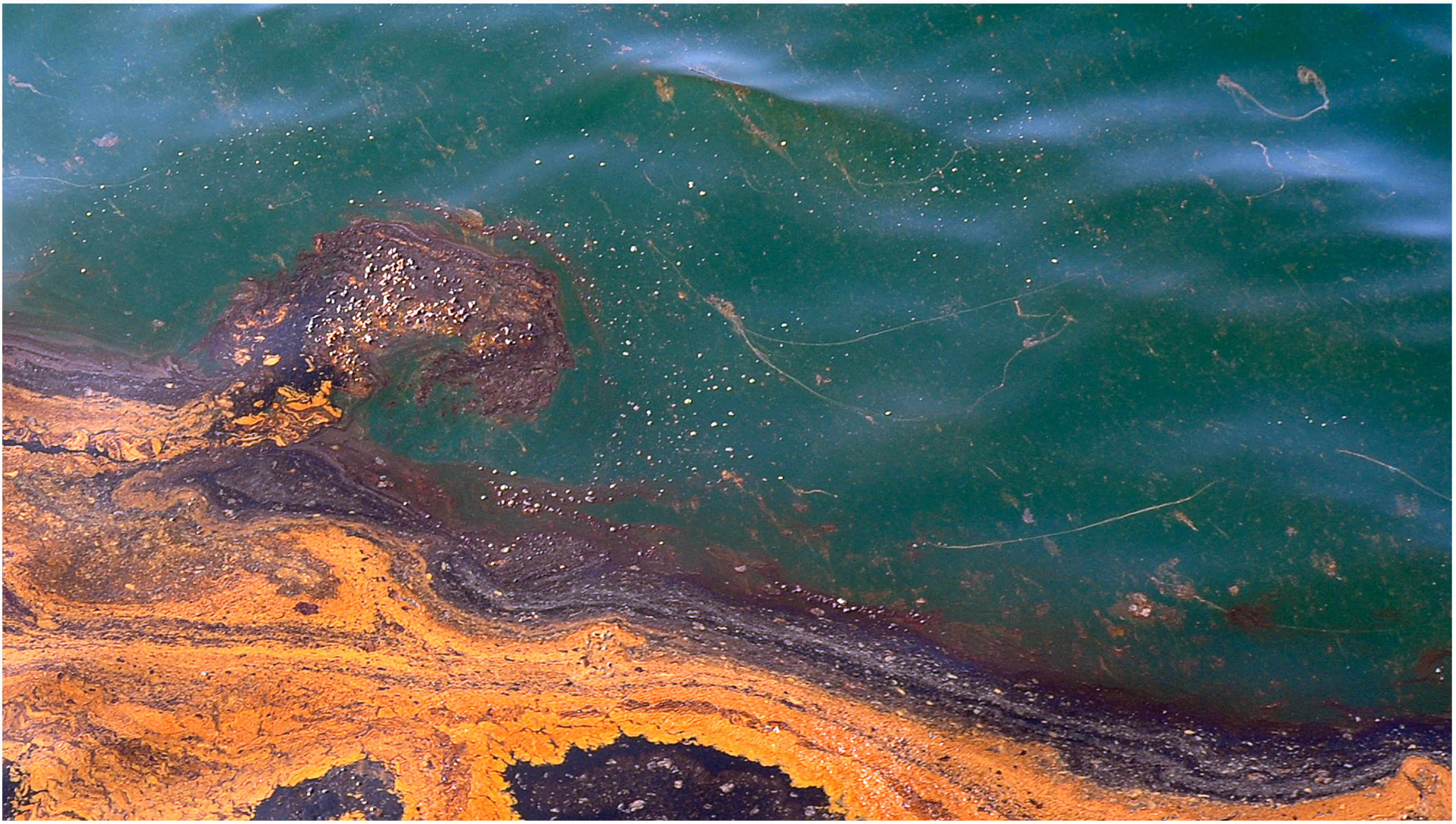Research Interests
I am broadly interested in understanding how organic (carbon-containing) chemicals behave and transform in the environment. The motivation for this research is to evaluate risks of human or ecosystem exposure to organic pollutants and to understand the function of naturally-produced organic compounds in a world that is changing due to human activity.
Download my CV: DHF_WHOI_CV_Aug2023.
How does sunlight impact the fate and effects of oil at sea?
My Ph.D. research in the Ward Lab at WHOI is focused on understanding how chemical transformations initiated by sunlight exposure alter the properties and behavior of oil in the aftermath of an oil spill at sea. Understanding these changes is important because they give us information about where oil goes and what the effects are in a spill scenario. I use lab-based chemistry experiments to understand these changes, and the results are shared with the scientific community to inform efforts to forecast oil fate in a spill scenario, and to improve cleanup techniques.
In lab, I frequently work with samples of Macondo oil, the oil which spilled during the 2010 Deepwater Horizon spill in the Gulf of Mexico



Project Updates
- Read my new paper with Drs. Sydney Niles, Ryan Rodgers, Deborah French-McCay, Krista Longnecker, Chris Reddy, and Collin Ward here! In this study, we explored how sunlight has different effects on oil properties and behavior at low and high temperatures.
- My work with Dr. Collin Ward on the production of water-soluble species from oil by sunlight was published in Feb. 2022! Read the blog post here.
- Accurately translating rates of sunlight-driven transformations of oil in lab to real-world conditions requires information about the wavelength-dependence (type of light—is it UV? Visible?) of these reactions. Our lab group has worked to develop new, LED-based tools to get this information! See the paper published here and the plain-language description in EOS here.
How do emerging contaminants interact with soil minerals?
My undergraduate research at Bowdoin College, completed under the guidance of Dr. Dharni Vasudevan, focused on investigating the interactions between emerging contaminants (pharmaceuticals, personal care products, contemporary pesticides) and soil minerals. Many of these emerging contaminants, which are now ubiquitous in our natural waters at low concentration, are organic compounds containing molecular features that can be positively charged at environmentally relevant pHs (ammonium cations). Soil chemists like Dr. Vasudevan want to know how these positively-charged compounds bind (sorb) to soil minerals, potentially mediating their concentrations in water. My undergraduate research used pulse-input chromatography (HPLC) to experimentally quantify the sorption of a particular family of ammonium cations to aluminosilicate clays found in soils.
Project Updates
- My research resulted in an honors thesis published at Bowdoin College in 2017